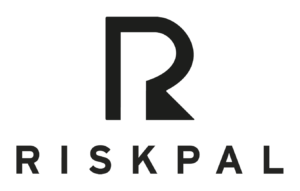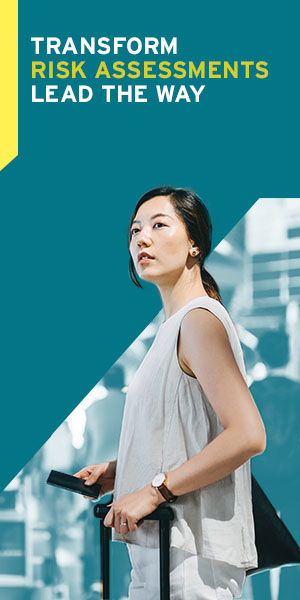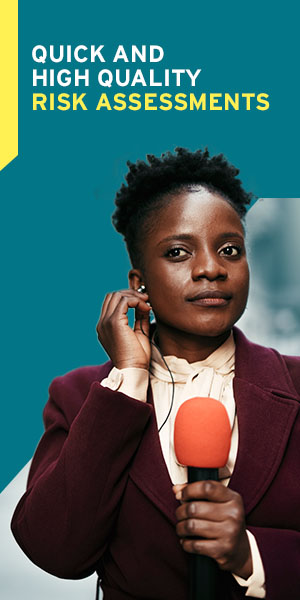
Changing Definitions of Risky Travel
It might seem like a strange time to write about travel risk management just as movement restrictions are back in force across much of Europe. Yet many companies continue to tell us that managing travel remains a major area of concern for their business. While the short-term impacts on business travel have been colossal, we share the World Economic Forum’s scepticism that “virtual substitutes” will replace travel for international companies over the longer-term.

The average packing list will have to be modified due to COVID-19.
If you are responsible for travel, risk management or your company’s international strategy, you will no doubt have already sat through several discussions or webinars on planning for travel in a Covid-19 world. Reviewing your plans and policies might seem a fruitless task as rates of infection, government policies, testing protocols and quarantine requirements are changing on a weekly basis. But, if you have not done so already, now is the opportune time to review and “stress test” your travel infrastructure to ensure it is fit-for-purpose and nimble amid ever-changing circumstances going into 2021.
Over the past decade, many companies have successfully established travel risk policies and processes designed to safeguard their staff, especially when travelling to medium or high-risk locations. By integrating booking services, country/city ratings, incident alerts and – with mixed success – tracking systems, travel risk managers have meticulously established seamless(ish) processes that efficiently provide the necessary Duty of Care cover for their travellers. The global pandemic has rewritten the rule book and forced the industry to rethink its definitions of low, medium and high-risk travel.
Where previously a journey would often be initiated from an airport, it now starts from home, with use of public transport, sanitisation and cleanliness protocols key considerations for the traveller. Visits to offices now involve unfamiliar authorisation procedures and internal travel has taken on added complexity with tier systems or localised lockdowns existing between different neighbouring regions.
Travel management needs to consider individuals’ varying “vulnerability status,” while understanding insurance cover remains somewhat opaque. What are the medical obligations and plans for staff that have been working throughout much of the pandemic in other countries? And let’s not go into what Covid-19 could mean for “bleisure” travel right now!
These issues and many others will be all too familiar and for some of you, I imagine just when you think you had a workable solution in place, external factors forced you to make changes. Unfortunately, the fluidity of the situation is unlikely to change any time soon as governments, medical and travel organisations all try to manage this pandemic. There are, however, some key principles that we have used with clients that are worth trying to adopt in your travel risk management framework:
Don’t confuse agility with inconsistency: Have a system in place that can be centrally updated to reflect changing regulations, advice or protocols. This should resolve inconsistency between documentation and end the headaches caused by having to constantly update an abundance of disparately stored risk assessments or policy documents.
Facilitate and track decision-making: Approvals and sign-off processes have been pushed upwards in several organisations during the pandemic. With management remote and distracted by multiple tasks amid an alarming economic climate, communicate key issues clearly and don’t make the process an administrative burden. Try and log documentation and decision-making in a more systematic way than a plethora of emails and attachments.
Engage your workforce: Never before have staff been so aware of the importance of health and safety, nor amenable to the purpose of risk assessments. Some companies are using this awareness as a stepping stone to engage staff with wider organisational risk assessment requirements, including for travel. The pandemic has brought together several strands of a corporate risk catalogue (HSE, business continuity/operational resilience, InfoSec/cyber, security etc.) so utilise this confluence to work more proactively together for your travel process.
And where possible, try to gauge feedback and sentiment. Operationally this can be challenging so try to automate the process in a way that is both non-invasive to the staff member and offers them access to a peer-to-peer system for sharing information. This is especially relevant at a time of high anxiety among some workers and will, over time, build a participatory risk culture in your organisation that minimises exposure to unwanted incidents, whether at home or abroad.
Be practical and scalable: Whatever approach you adopt, make it as easy as possible for the end-user and future-proofed for growth. We know the pandemic has increased the need for some repetitive risk assessments and that some staff will resist, so facilitate the process and boost engagement with quick wins such as a copy or an update function to kill the need for document replication and the toils of copy and paste.
And by the way, RiskPal helps you achieve all these things and we’d love to show you how! Please get in touch to find out more.
Follow Our Socials






